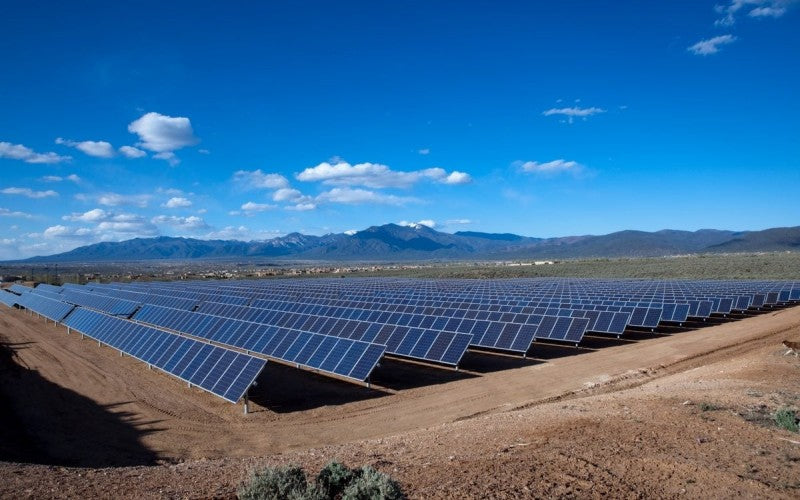
As solar energy becomes an increasingly popular and eco-friendly option for powering homes and businesses, the importance of solar inverters cannot be overstated. These vital components are responsible for converting the direct current (DC) electricity generated by solar panels into usable alternating current (AC) electricity. However, like any electrical equipment, solar inverters are susceptible to various risks, one of which is water damage. In this article, we will explore the potential risks associated with water damage to solar inverters and provide insights into important factors to consider when installing and placing them.
Does Water Damage the Solar Inverter?
Water damage can indeed pose a significant risk to solar inverters. While solar panels are designed to withstand exposure to the elements, inverters are more vulnerable due to their electronic components and sensitive circuitry. Even small amounts of water can lead to malfunctions, corrosion, and electrical shorts, which may result in decreased performance or complete failure of the inverter.
Important Factors To Consider When Installing A Solar Inverter
1. Indoor or Outdoor:
Determining whether your solar inverter should be installed indoors or outdoors is an essential consideration. While outdoor installation may be more convenient in terms of space, it exposes the inverter to a greater risk of water damage. Indoor installation, on the other hand, provides better protection against moisture but requires sufficient space and proper ventilation to dissipate heat generated by the inverter.
2. Cable Distance from Solar Panels:
The distance between the solar panels and the inverter can impact the risk of water damage. Ideally, the inverter should be located as close to the solar panels as possible to minimize cable length. Long cable runs increase the chances of water ingress and electrical resistance, which can lead to efficiency losses and potential damage to the inverter.
3. Environmental Factors:
Understanding the environmental conditions surrounding the installation site is crucial in preventing water damage to solar inverters. Consider factors such as rainfall levels, humidity, and exposure to direct sunlight. In regions with high rainfall or extreme weather conditions, extra precautions, such as waterproof enclosures or sheltered mounting, should be taken to safeguard the inverter from potential water damage.
4. Maintenance:
Regular maintenance is essential for the longevity and optimal performance of solar inverters. Inspecting the system for signs of water damage, such as corrosion or moisture buildup, is crucial. Additionally, ensuring proper sealing and insulation of connections, as well as cleaning the inverter and surrounding area, will help mitigate the risk of water-related issues.
Where Should I Place My Solar Inverter?
1. Dry and Ventilated Area:
Select a dry area away from potential water sources, such as pipes, gutters, or areas prone to flooding. Ensure proper ventilation to dissipate heat generated by the inverter, as excessive heat can reduce its efficiency and lifespan.
2. Indoors or Sheltered Locations:
Whenever possible, consider installing the solar inverter indoors or in a sheltered location. This provides an added layer of protection against water damage. If indoor installation is not feasible, consider a weatherproof enclosure designed specifically for solar inverters.
3. Elevated Mounting:
Mounting the inverter at an elevated height can help prevent water splashing or pooling around the unit. This can be achieved through wall mounting or using a raised platform specifically designed for solar inverters.
4. Professional Consultation:
Seeking advice from a qualified solar installation professional is highly recommended. They can assess your specific installation site, consider local climate conditions, and provide expert guidance on the optimal placement for your solar inverter.
Conclusion
Water damage poses a significant risk to solar inverters, potentially leading to decreased performance or complete failure. Considering important factors such as indoor or outdoor installation, cable distance from solar panels, environmental factors, and maintenance will help mitigate the risk of water damage. By carefully selecting the right location and taking necessary precautions, you can ensure the longevity and optimal performance of your solar inverter, ultimately maximizing the benefits of your solar energy system.



0 Kommentare